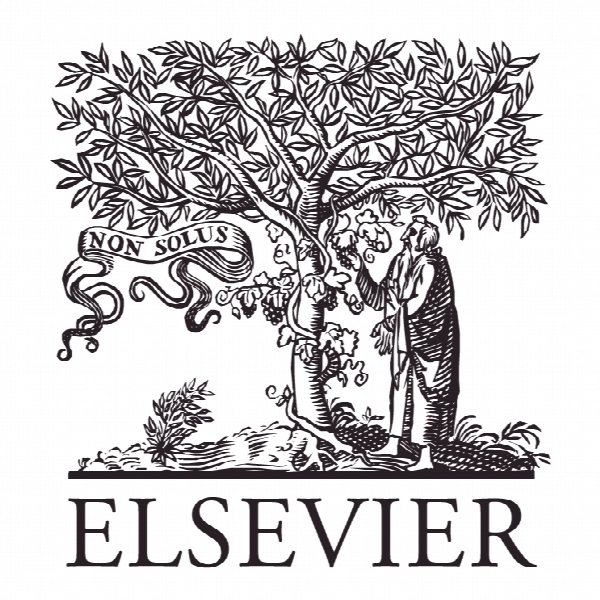انقباض معمول در زمان خوب: نمونه ای از یک روال توسعه نمونه اولیه رایج Routine contraction in good times: An example of a typical prototype development routine
- نوع فایل : کتاب
- زبان : انگلیسی
- ناشر : Elsevier
- چاپ و سال / کشور: 2017
توضیحات
رشته های مرتبط مدیریت
گرایش های مرتبط بازاریابی
مجله تحقیقات بازاریابی – Journal of Business Research
دانشگاه موسسه مدیریت Rohtak، هند
نشریه نشریه الزویر
گرایش های مرتبط بازاریابی
مجله تحقیقات بازاریابی – Journal of Business Research
دانشگاه موسسه مدیریت Rohtak، هند
نشریه نشریه الزویر
Description
1. Introduction Organizational routine is an important area of management that was promoted mainly since the 1980s (e.g. Nelson & Winter, 1982). Its application and use in new product development has rapidly increased (Benner, 2009). Organizational routines are at the heart of all organizations. Organizations learn by doing the same routine activities. A central debate in the organizational routines literature is on: Are organizational routines stable or changing? Under what conditions do organizational routines change? Under what conditions are organizational routines stable? What types of change (e.g. expansion and shrinkage) of organizational routines occur? As a response to this debate, Winter (1964) suggests that an organizational routine is a “pattern of behavior that is followed repeatedly, but is subject to change if conditions change” (p. 263). Several empirical studies found that routines are not inert and typically change over time (e.g. Feldman, 2000, 2003; Narduzzo, Rocco, & Warglien, 2000). Routine replication and routine imitation involve change in routine. Extensive theory has been developed in these areas (e.g., Winter, Szulanski, Ringov, & Jensen, 2012). Routine contraction (i.e., shrinkage) also involves change in routine (Becker, 2004). However, theory development of routine contraction is in a nascent stage (Anand, Gray, & Siemsen, 2012). The present study is an effort to contribute to this gap. Here, routine shrinkage is operationalized by shrinkage of resources used in the routine. This study shows that routine contraction can happen in good times. This perspective extends the current wisdom in the literature that routine contraction is a “mandatory response to failure” (Nelson & Winter, 1982, p. 122). This study uses an empirical context of the National SCRABBLE® Championship, 2010. Here, each step in each game of this championship is a SCRABBLE® routine. Each SCRABBLE® routine is an analogy for a prototype development routine in a second generation Stage-Gate® product development process. Panel regression results indicate that improved performance of a routine at a particular time (t0) leads to increased routine contraction at an immediately later time (t1). The results also show that the efficiency of a routine negatively moderates the relationship between the performance of a routine at time t0 and its contraction at time t1. These suggest that routine contraction may happen even in good times. These empirical findings indicate that managers need not panic when organizational routines contract.


